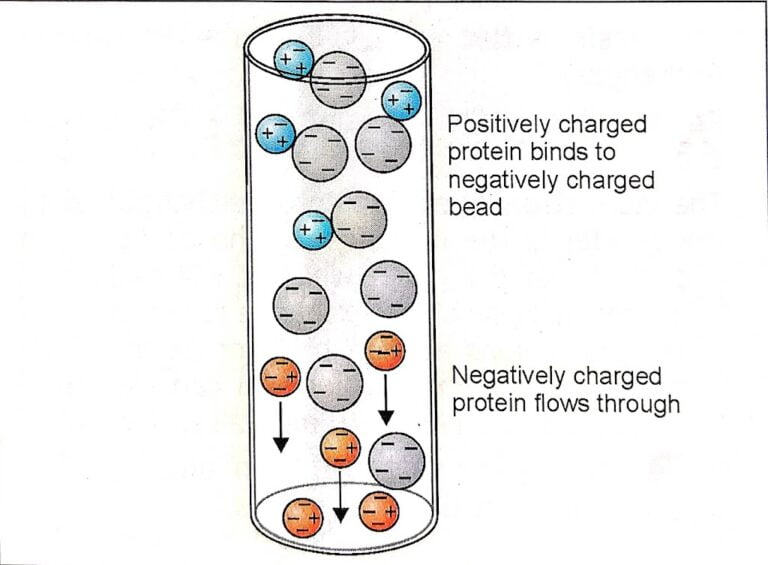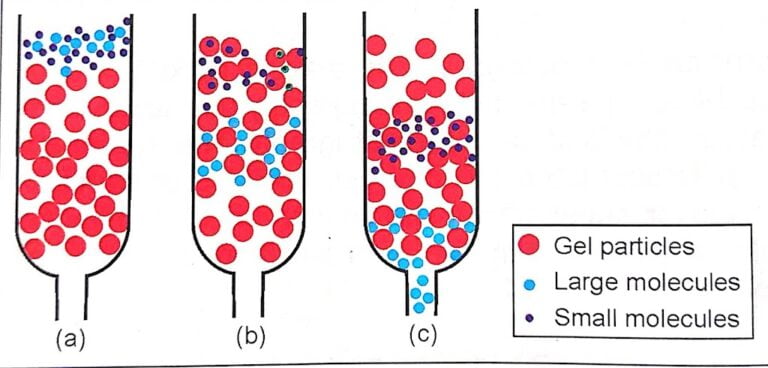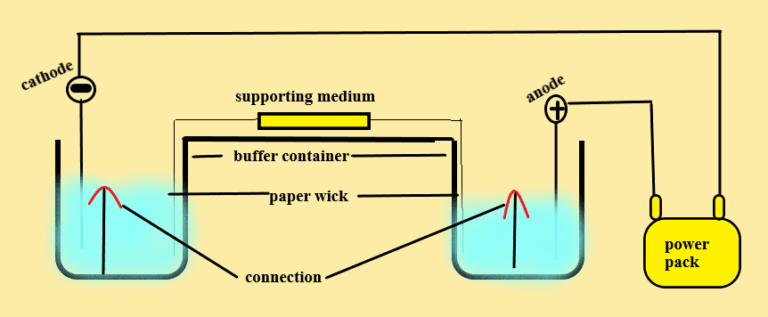chemical examination of stool ( feces), occult Blood or pH
CHEMICAL EXAMINATION OF FECES (STOOL) Occult Blood:- 1. Name of the test 2. Principle 3. Requirement 4. Specimen 5. Procedure 6. Observation Name of the test:- Benzidine test Principle: – Peroxidase type action of hemoglobin in the blood (present in…




